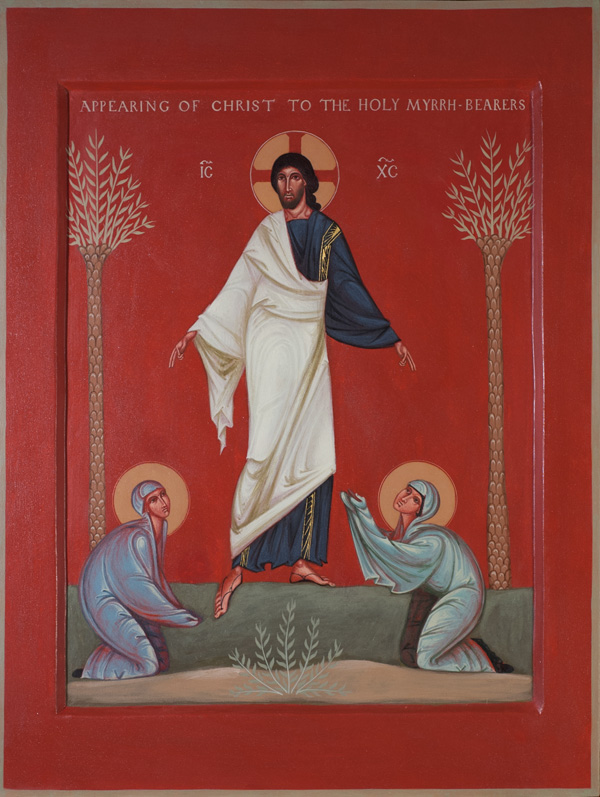
“Artists, Patrons, and Advisers in the Italian Renaissance.” In Patronage in the Renaissance.

Rome: Académie de France à Rome, 2008.ĭevelops the argument that Renaissance iconographic programs were intentionally incoherent and inconsistent. Edited by Michel Hochmann, Julian Kliemann, Jérémie Koering, and Philippe Morel, 83–94. “À propos de la cohérence des programmes iconographiques de la Renaissance.” In Programme et invention dans l’art de la Renaissance: Actes du colloque de Rome, Villa Médicis, 20–23 avril 2005. Delivered at University College, London, 10 January 1975.Īrgues, against a prevalent trend, that the subject matter of Renaissance art tends to be traditional in nature and unlikely to contain references to contemporary political events. “ Topos and Topicality.” Annual Lecture of the Society for Renaissance Studies. The volume as a whole contains his most important contributions to Renaissance iconography. London: Phaidon, 1972.Ī guide to the pitfalls of iconological research: Gombrich’s concept of “the dictionary fallacy” is a useful one. “Aims and Limits of Iconology.” In Symbolic Images. The bibliography is useful, if focused on literature in German. Beck, 2006.Ī reliable survey of European iconography from early Christianity to the 19th century, though the tone is inevitably brisk since it covers the subject in just three hundred pages. Van Straten 1994 and Büttner and Gottdang 2006 are less polemical, meant as general introductions to the subject.īüttner, Frank, and Andrea Gottdang. Gombrich 1975, Hope 1981, and Hochmann 2008 are more concrete studies of the likely significance of Renaissance artworks, but their arguments are intended, in part, to undermine the iconology of Erwin Panofsky’s followers. Panofsky 1955 is often criticized, but as a pioneering attempt to provide a philosophy of iconology it forms the starting point for later writers who differ from it ( Gombrich 1972, Taylor 2008). At the same time, in art historical practice iconography and iconology feed into each other, as the literature surveyed in this article shows. While iconology corresponds to the historical criticism of texts in literary studies, iconography has no obvious counterpart outside histories of the visual. This definition was prescriptive rather than descriptive, and many art historians before Erwin Panofsky who would have called themselves “iconographers” were engaged in investigations that Panofsky would have termed “iconological.” Another source of semantic disagreement has arisen from the perceived overinterpretations of Panofsky and his school, which have led some art historians to reject the word “iconology.” It seems useful, nevertheless, to keep a distinction between iconography and iconology, since it draws attention to a fundamental distinction between the study of words and the study of images. Panofsky 1955 (cited under General Overviews) defines “iconography” as the study of subject matter in the visual arts and “iconology” as an attempt to analyze the significance of that subject matter within the culture that produced it. The words “iconology” and “iconography” are often confused, and they have never been given definitions accepted by all iconographers and iconologists.


 0 kommentar(er)
0 kommentar(er)
